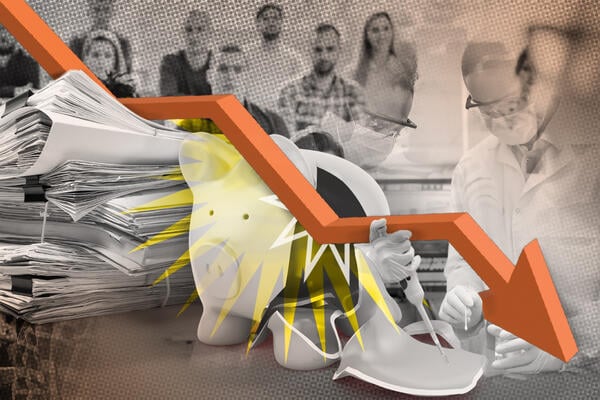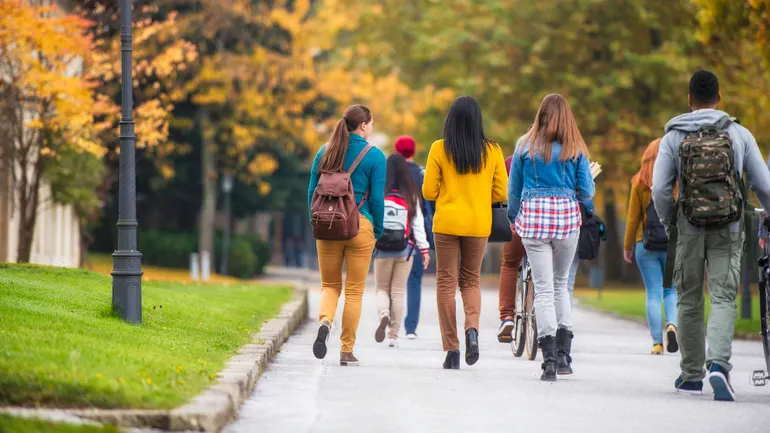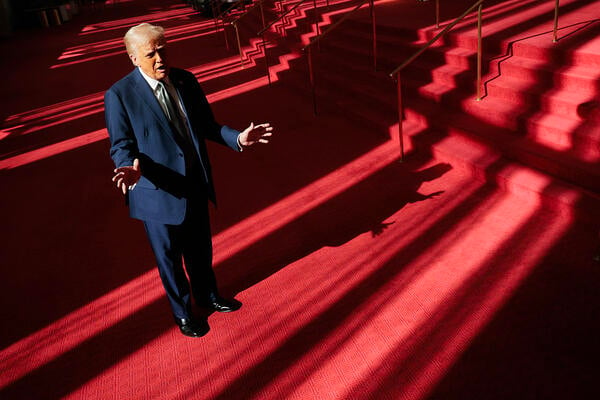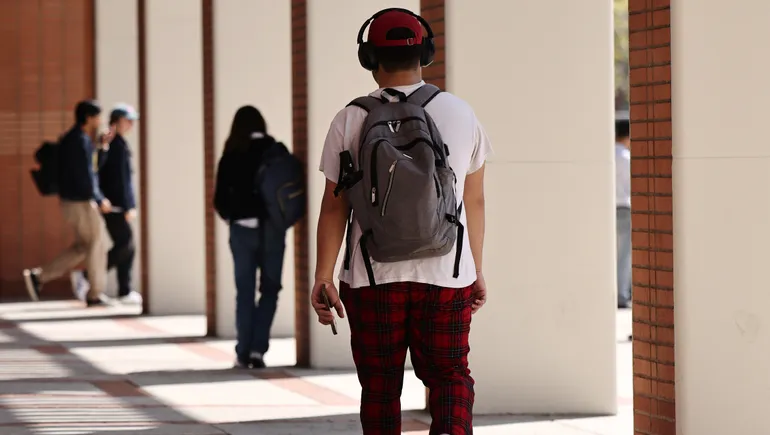Federal policy challenges and a dwindling population of traditional-age students will make for a difficult year ahead for higher education, Moody’s Ratings predicted in a report issued last week.
The credit ratings agency predicted that revenue growth will trail behind previous years while expense growth will put a squeeze on operating margins, though strong investment returns should help buoy institutions’ financial position. Moody’s noted that federal policy challenges are also expected to “cause operational and governance stress” as the Trump administration continues to cut federal research funding and seeks to limit the number of international students attending U.S. colleges.
In March, just a few months after President Trump took office, the agency downgraded its outlook for the sector from stable to negative.
The report noted that the fall 2026 enrollment outlook is uncertain and that “fierce competition for students will increase as the market for students begins to shrink” due to the demographic cliff.
Overall revenue growth is projected to be 3.5 percent, down slightly from 3.8 percent in 2025. But anticipated growth will vary by institution type. Large, comprehensive, private universities are expected to see 4 percent revenue growth while their public peers will see 3.4 percent. Mid-sized private universities are expected to see the lowest revenue growth in the sector, at 2.3 percent.
Moody’s offered a bleak outlook for federal research funding.
“Federal funding for research grants and contracts will be stagnant, as a long period of continuous growth in federal research and development funding has leveled off and universities grapple with potential caps to indirect costs and ongoing grant cancellations,” Moody’s officials wrote. “While deep cuts to research are unlikely, we forecast modest declines in fiscals 2026 and 2027 to overall funding. These reductions will be concentrated in funding from the National Institutes of Health (NIH).”
Despite some concerns and a slowdown in the spring, spending from NIH and the National Science Foundation for fiscal year 2025 matched the previous year, Science reported last week, though both agencies awarded fewer new grants.
Other policy risks highlighted in the report include caps on graduate student loans; enforcement actions related to diversity, equity, and inclusion initiatives; the expansion of the endowment tax (which will only affect a limited number of wealthy institutions); regulatory changes to accreditation; and the elimination of TRIO and Hispanic Serving Institution grants.
The report also noted potential unknowns ahead, citing the Trump administration’s proposed Compact for Academic Excellence in Higher Education. While the proposal, which would provide preferential treatment for universities that adopt certain policy changes, has been rejected by most of the institutions it was offered to, the report noted that a revised proposal may come in 2026 following sector feedback.
Policy concerns highlighted in the report were not limited to the federal level.
“At the state level, some state legislatures are increasingly tying appropriations to specific policy and workforce development goals that can limit financial flexibility,” the report read. “State governments also maintain generally strong influence over public university governance through control of board membership. While state oversight is generally supportive of good governance and accountability, it can introduce political risk.”
Moody’s also pointed to various “idiosyncratic risks” ahead.
Those include potential cybersecurity breaches, severe weather, geopolitical unrest, legal issues, and growing costs for universities with Division I athletic programs, which the agency projected will spend more on sports facilities, compensation for players and buyouts for fired coaches.





